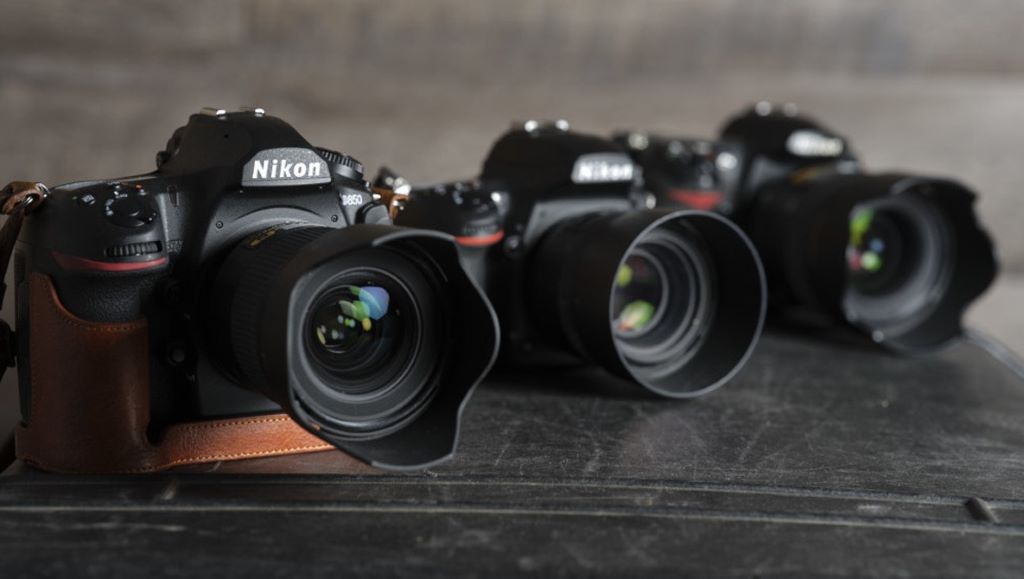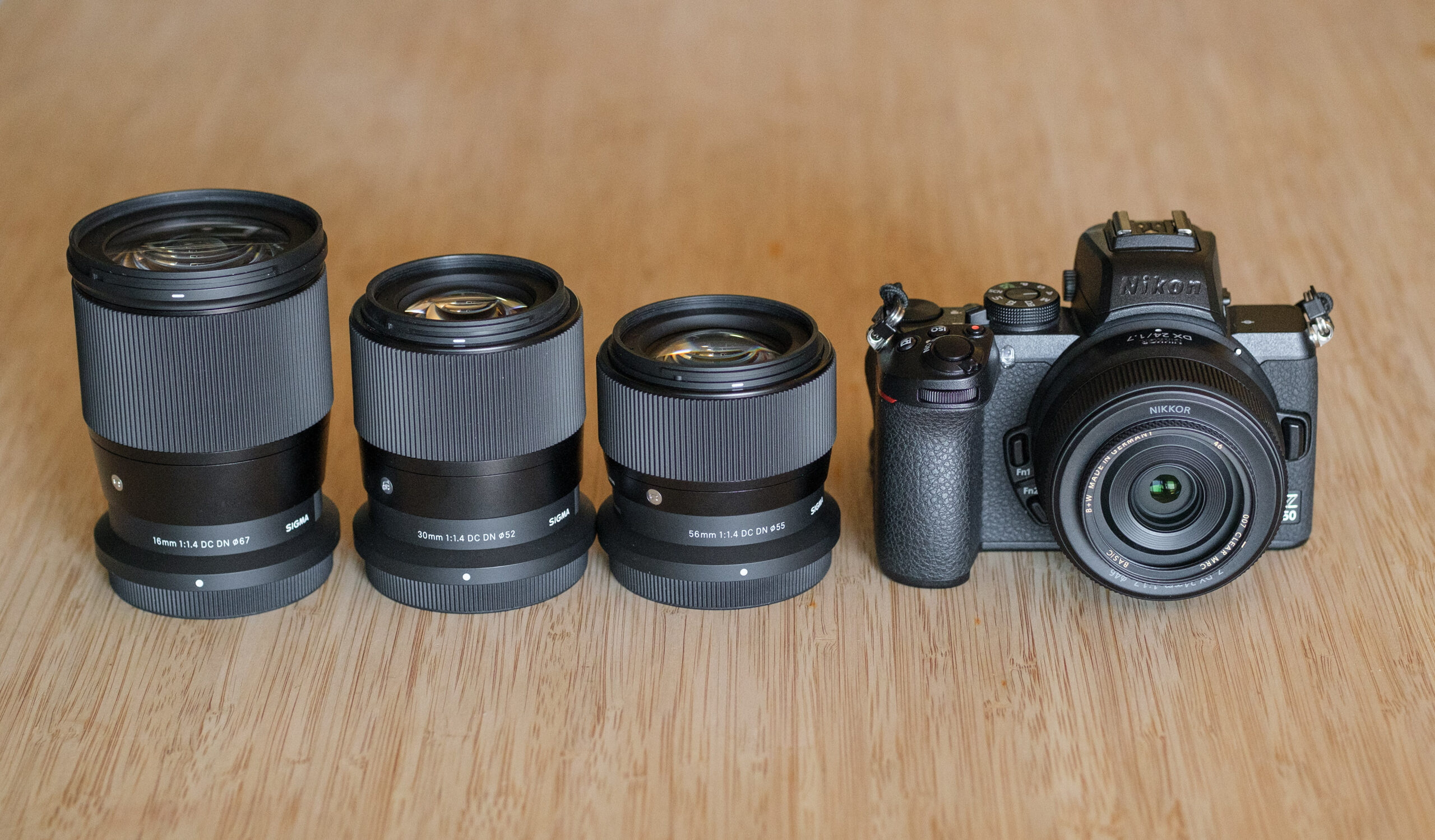Are you ready to dive into the captivating world of photography? Cameras have been our trusty companions in capturing life’s cherished moments, from picturesque landscapes to candid shots that evoke genuine emotions. But what makes a camera truly exceptional? In this article, we’re going to delve deep into the heart of the matter and explore the fundamental aspects that are most important in a camera. So, grab your favorite lens and join us on this enlightening journey. This article is crafted by Duckysdesktop.com.
Unveiling the Lens: The Core of Visual Excellence
At the very heart of a digital camera’s performance lies its lens. Think of it as the window through which your camera observes the world. The quality of a camera lens plays a pivotal role in determining the clarity, sharpness, and overall visual excellence of your photos. The importance of digital camera lens cannot be overstated; a high-quality lens can make the difference between a mediocre shot and a stunning masterpiece.
Sensing Perfection: The Power of Image Sensors
Image sensors are the unsung heroes that convert light into digital information, forming the foundation of every photograph. The size and type of image sensor significantly impact image quality, low-light performance, and dynamic range. Whether it’s a CCD or a CMOS sensor, understanding the sensor’s capabilities empowers you to capture captivating images in various conditions.
Beyond Megapixels: Understanding Resolution
Megapixels have long been touted as the sole determinant of image quality. However, the reality is more nuanced. While higher megapixels can lead to sharper images when enlarged, other factors such as sensor size and lens quality play an equally vital role. It’s all about finding the right balance between resolution and other essential elements to achieve the desired outcome.
Mastering Light: The Art of Exposure
Exposure is the cornerstone of photography. Achieving the perfect balance between shutter speed, aperture, and ISO can transform an ordinary scene into a work of art. Whether you’re capturing fast-paced action or serene landscapes, grasping the nuances of exposure opens the door to creative possibilities.
Framing Perspectives: The Importance of Composition
A well-composed photograph is like a visual symphony that resonates with the viewer. The rule of thirds, leading lines, symmetry, and negative space are just a few compositional techniques that can elevate your photography to new heights. By understanding and applying these principles, you can tell compelling stories through your images.
Navigating the Modes: Exploring Camera Settings
Modern cameras offer a plethora of shooting modes that cater to various scenarios. From automatic mode for hassle-free shots to manual mode for complete creative control, each mode serves a unique purpose. Familiarizing yourself with these modes equips you to adapt to different situations and capture images with precision.
Capturing Time: The Magic of Shutter Speed
Shutter speed is your ticket to freezing motion or creating mesmerizing motion blur. Whether it’s a fast shutter to capture a speeding car or a slow shutter for dreamy waterfalls, this setting lets you control time’s passage in your photographs. Mastering shutter speed grants you the power to craft diverse visual narratives.
Exploring Depths: The Allure of Aperture
Aperture, represented by the f-number, determines the depth of field in your images. A wide aperture (small f-number) creates a shallow depth of field, perfect for isolating subjects from their background. Conversely, a narrow aperture (large f-number) ensures that more of the scene remains in focus. By playing with aperture, you can add a captivating dimension to your photography.
Infusing Life: The Role of Color and White Balance
Colors have the ability to evoke emotions and set the tone of your photographs. Understanding color theory and how white balance affects the overall color temperature ensures that your images accurately represent the scene’s mood. Whether it’s the warm hues of a sunset or the cool tones of a snowy landscape, color mastery enhances the impact of your photography.
Embracing Light: The Beauty of Natural and Artificial Lighting
Lighting is the soul of photography. Natural light offers a soft and authentic touch, while artificial light grants you the freedom to sculpt and shape your scenes. Learning to work with available light and harnessing artificial lighting techniques empowers you to create striking images in any setting.
Post-Capture Magic: The World of Editing
Editing is the modern photographer’s darkroom. With the aid of editing software, you can refine colors, enhance details, and unleash your creative vision. While editing can elevate your images, it’s essential to strike a balance, ensuring that your enhancements complement the original intent of the photograph.
Investment Worthwhile: Considering Budget and Longevity
Cameras come in a wide range of prices, from budget-friendly options to high-end models. It’s crucial to find a camera that aligns with your skill level, needs, and long-term goals. Additionally, investing in a camera system that offers compatibility with a diverse range of lenses and accessories enhances your photographic journey.
Conclusion
In a world where moments are fleeting and memories are precious, cameras stand as the bridge between the tangible and the ephemeral. The art of photography, which shares its essence with the creation of video content, marries technical expertise with creative expression. This art form not only freezes time, preserving cherished memories, but also empowers us to share our unique perspectives with others. To embark on this creative journey, one might wonder, What equipment do I need to create video content? By understanding the critical elements discussed in this article, you’re primed to embark on a journey of visual storytelling that captures the essence of life itself.
Frequently Asked Questions
Is a higher megapixel count always better?
Not necessarily. While megapixels contribute to image sharpness, factors like sensor size and lens quality also influence overall image quality.
What is the “rule of thirds” in photography?
The rule of thirds is a compositional guideline that suggests dividing your image into nine equal parts using two horizontal and two vertical lines. Placing points of interest at the intersections or along these lines creates a visually pleasing composition.
How do I choose the right camera settings in different situations?
Familiarize yourself with your camera’s shooting modes and understand their purposes. Additionally, learn about exposure settings like aperture, shutter speed, and ISO to adapt to various scenarios.
Can I achieve professional-looking photos without post-processing?
While post-processing can enhance your images, capturing a well-composed and well-exposed photo initially reduces the need for extensive editing. The goal is to strike a balance between capturing a great shot and refining it in post-processing.
What should I prioritize when selecting a camera on a budget?
When working within a budget, prioritize essential features such as image sensor quality, lens compatibility, and user-friendly controls. Consider investing in a camera system that allows you to expand your gear as your skills grow.





